As spring ends, there is a frisson in the British air as hats are ordered and diaries fill up. It can only mean one thing: it’s the start of the Season
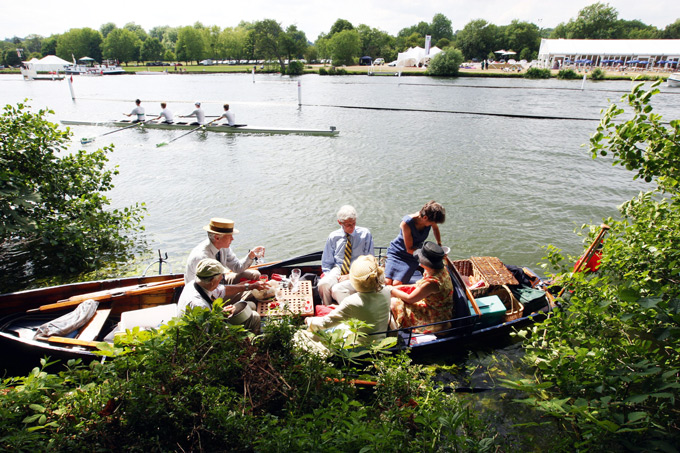
Like many British traditions, the Season was established with the British Monarchy in mind; historically it was the period in which the Royal Family was in residence in London.
As society usually follows those in the upper echelons, the aristocracy and members of the ruling classes tended to reside in London at the same time as the Royal Family. The summer season from April to July was peak time to be in London as it was before the start of shooting season when people would retire back to their country homes. And so a programme of social events was established in the 18th century to keep everyone entertained.
Events in the Season are horticultural, equestrian, sporting and artistic, though horse racing takes precedence due to the Royal Family’s passion for the sport. The Season is bursting with dress codes, etiquette and eccentricities. Read on for some of our favourites.
Henley Royal Regatta
River Thames, Oxfordshire
1 July – 5 July 2015
It is 176 years since the first rowing regatta took place in the riverside village of Henley-on-Thames in 1839. Aside from pausing for each of the two world wars, the event has been an annual source of entertainment ever since. Originally curated as a town fair by the Mayor of Henley, the event grew to accommodate both the crowds that flocked to Henley in the summer, and those who wanted to concentrate on the competitive amateur-rowing contest itself. The event has had royal links since 1851 when Prince Albert became the first Royal Patron and the reigning monarch has undertaken this duty ever since. The 200 races take place over a five-day period, with gentlemen required to wear lounge suits and strongly encouraged to wear rowing club colours. Boater hats must be acquired from a school rowing team or a rowing club. For ladies hemlines must be below the knee but hats, although welcomed, are not a necessity. The event has a very English feel, with guests lounging in deckchairs along the riverbanks or frolicking on the lawns, Champagne in hand.
Tips:
Mobile phones are banned in the Steward’s Enclosure and men are also required to wear a tie.
Unless you are the guest of a private club or residence, the best place to view the regatta is from the Berkshire side of the River Thames.
Wimbledon Championships
London
29 June – 12 July 2015
It was 11 years after the All England Lawn Tennis Club was formed in 1868 that the first Wimbledon Championships were played at a small club on Worple Road in southwest London. The modest meeting featured 22 male players, with 200 spectators attending the final – humble beginnings for what is now considered the greatest tennis tournament in the world. Today, the tennis event has grown with all the grandeur associated with British summertime; 486,898 people attended the world-class 13-day tournament in 2013. It is the refined summer sporting venue where smart attendees quaff Pimm’s by the gallon and tradition dictates that you consume strawberries and cream while taking in a match. Centre Court is where the best action takes place, both on court and in the stands, with the Royal Box garnering almost as much attention as the players – it is certainly a London event to be seen at. For those not lucky enough to make it into Centre Court, the hill behind the courts makes for perfect viewing and is traditionally named after the nation’s favourite players: ‘Henman Hill’ in the late 1990s, and more recently ‘Murray Mount’, after Andy Murray. Players must wear white, and the club also issued a dress code to its members for the first time in 2012 to ensure sartorial elegance is maintained.
Tip: Unlike other events throughout the Season, ladies are asked to refrain from wearing hats – especially in the Royal Box so as not to obscure the vision of those seated behind them.
The BBC Proms
London and various locations
17 July – 12 September 2015
The Proms, short for ‘promenade concerts’, is one of two musical extravaganzas (the other one being Glyndebourne) that feature throughout the Season. Founded in 1895, the eight-week summer programme of concerts was originally held at Queen’s Hall in Langham Place, London. But after it was destroyed in the London Blitz in 1941, the event moved to the Royal Albert Hall as the founders Henry Wood and Robert Newman were keen to continue providing a range of music to the people, whatever their circumstances. Concerts now take place in musical halls and parks across the country, culminating in the Last Night of the Proms, which finishes the musical season in a spectacular fashion and is always a sought-after event. To attend the Last Night of the Proms, one must have attended at least five of the concerts in the same Season. The strict dress codes and formalities of other events in the Season are not as prevalent during the Proms; the idea was for them to be relaxed where people could enjoy music with a garden party ambience.
Tip: Those attending the Proms are affectionately known as ‘Prommers’. Try not to be the first to clap – some Prommers get upset with those who clap in between movements. Hold back and follow the crowd in applauding – and remember to wave your Union Jack wildly during the traditional rendition of Edward Elgar’s patriotic song Land of Hope and Glory.
Royal Ascot
Berkshire
16 – 20 June 2015
Since the first race meeting in 1711, Royal Ascot has been a focal point of the British Season. On discovering the flat lands near Windsor Castle, Queen Anne ordered a racecourse be built on Ascot Heath and it has delighted guests in British summertime ever since. The Royal Ascot meeting is pivotal in the horse-racing season and the highlight of this event is the Royal Procession, which each day marks the arrival of the Monarchy – a tradition that was started by King George IV in 1825. The Royal Enclosure, where the Queen is seated with her entourage, is the most prestigious enclosure at the meeting and both entry and dress code are strictly regulated. The elaborate millinery creations at the event are well documented and the competition between guests is encouraged as a quintessential British tradition.
Tip: Observe the dress codes. For ladies, bare shoulders are not allowed in the Royal Enclosure or Grandstand, but hats are a must. Fascinators are no longer permitted in the Royal Enclosure.
Glorious Goodwood
West Sussex
28 July – 1 August 2015
King Edward VII once famously described the races at Goodwood as “a garden party with racing tacked on.” Perched high on top of the Sussex Downs, the five-day horse-racing event on the Goodwood Estate began over 200 years ago. The beautiful surroundings of the undulating Sussex Downs set the scene for the refined country estate – fitting for a summer event for the upper classes; it is often referred to as the most beautiful racecourse in the world. The 3rd Duke of Richmond created the course at Goodwood House in 1802 in order to race with his Sussex militia. It has since developed into a delightful summer affair with Pimm’s and parasols aplenty. Glorious Goodwood is a stylish event – it has even had a designer range named after it to epitomise the sartorial elegance witnessed in its environs each year. The renowned milliner Cozmo Jenks created the collection, which features beautiful Panamas that have become synonymous with the racecourse event.
Tip: Men often don the traditional Panama hat as made popular by King Edward VII and ladies are discouraged from wearing stiletto heels due to the terrain.
Related articlesCelebrating Britain’s National Parks |
Click here to subscribe!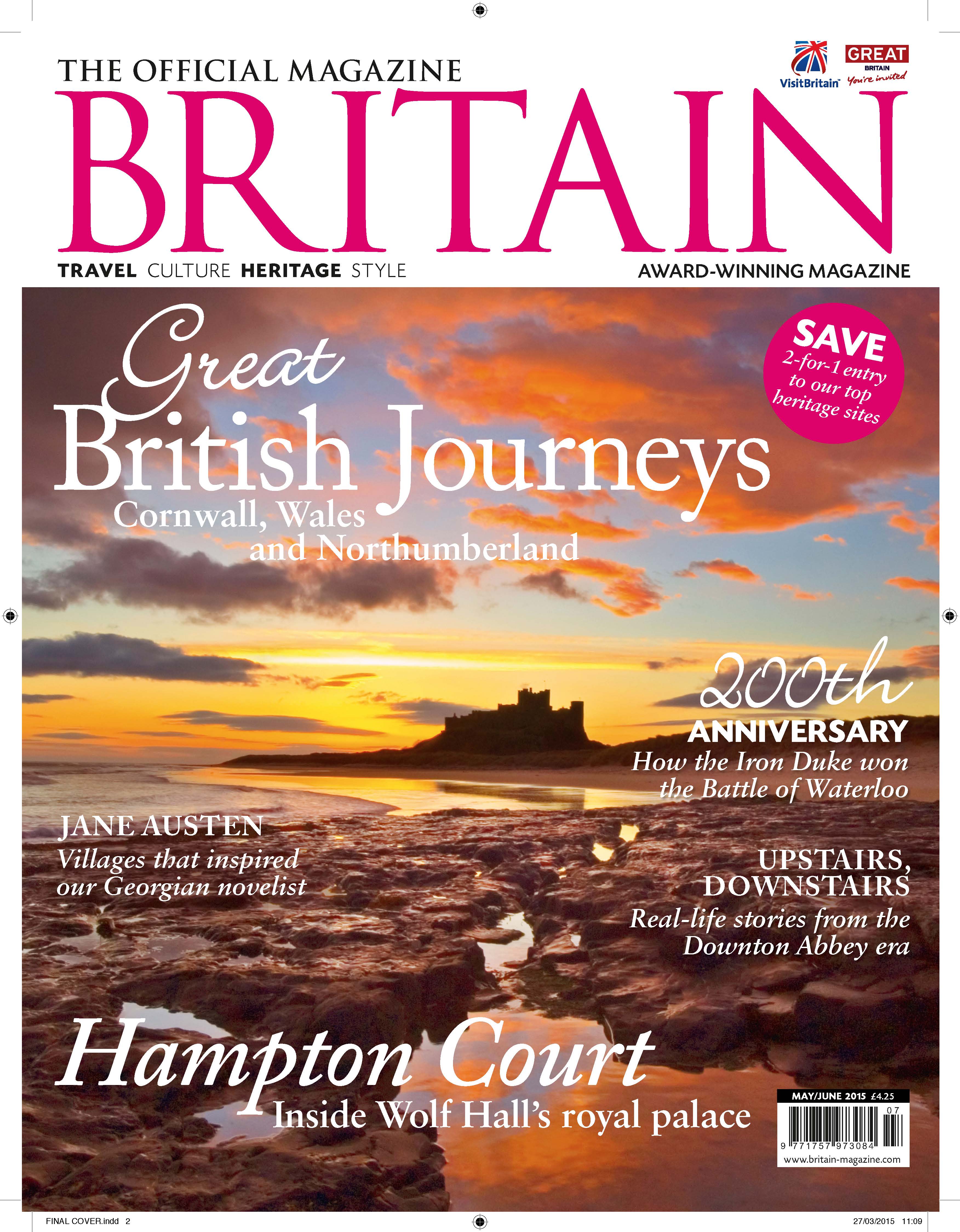 |
Download BRITAIN Magazine to your mobile today

 No mobile device? Purchase directly on Zinio for your desktop!
No mobile device? Purchase directly on Zinio for your desktop!

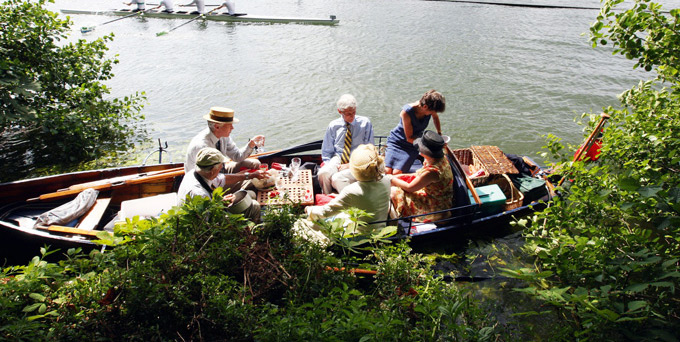
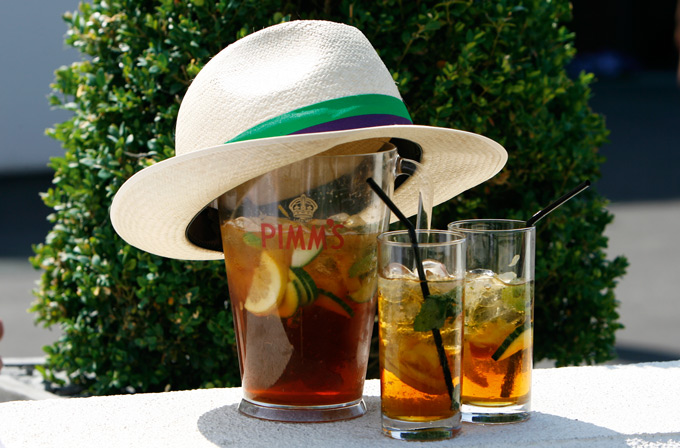
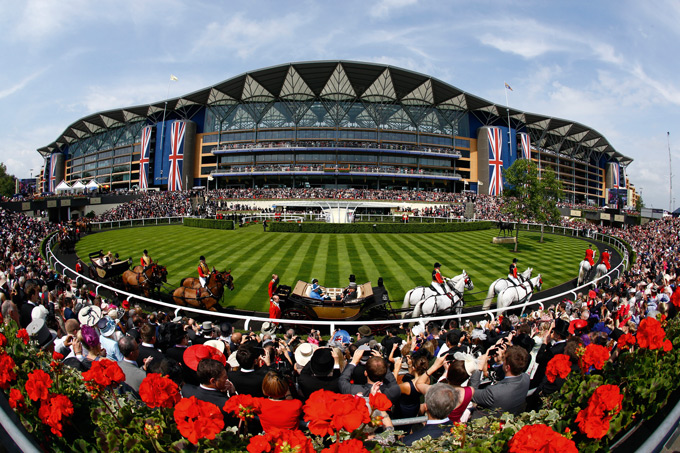




 © 2024
© 2024